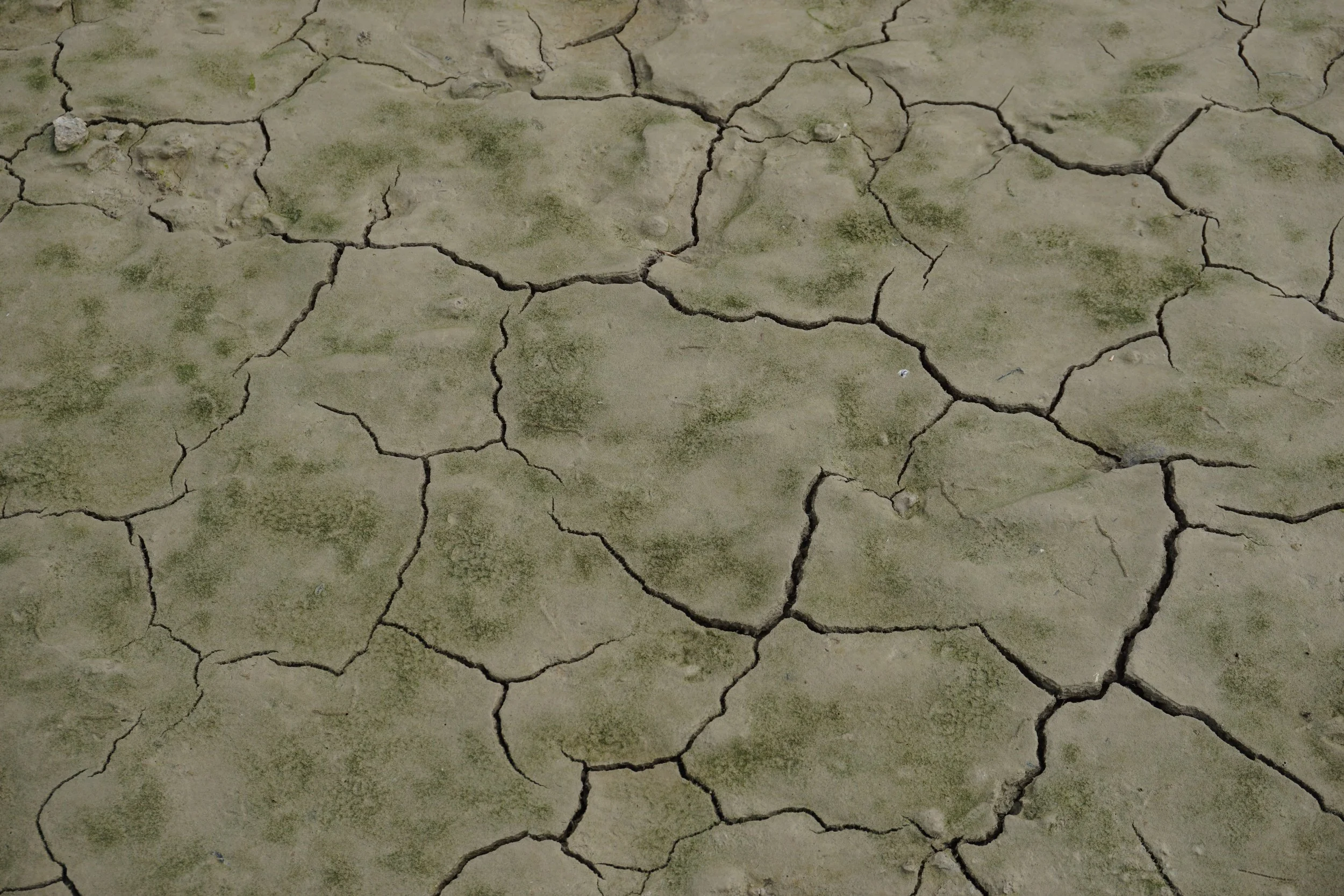Learning the Earth
Photography & Words By Patrick Kerry (@PatrickOfSussex)
Learning the earth, the ground that is beneath our feet, has been something I’ve dived deeply into. To learn the very essence of nature and our nature, as humans.
We have pots on our shelves. Mugs, bowls and plates in our cupboards, which are made of earth. The actual earth. Dug and processed with mystery ingredients added at scale. Worked by the hands of ceramicists then painted with slips, washes and glazes which contain minerals of the periodic table from all corners. And to us it’s often just a cup. Just a plate.
My curiosity stretches from questioning why I was paying someone to pick up a huge amount of clay with one of those grab lorries and take it somewhere else (sadly, an unknown location) after we dug it out of the ground to build an extension and double garage with workshop space. It was a blue-grey clay, really nice to hold. Dug from a place named Potters Lane, which gave some indication as to what went on there before. On that project we unearthed the roman road which runs through, 6ft under the surface. I still have a small flint from that road, it was made from big stones with small in between.
Forward to these last 6 weeks of evening pottery classes with Elaine Bolt, in Brighton (Elaine Bolt Ceramics | Objects can tell stories), improving on my hand-building techniques. All-the-while asking exploratory questions as to where these materials are coming from. Elaine has been a huge help in joining the dots up and sharing when things are unknown to her, it’s an interesting industry full of secrets. Some of the oxides which can be bought don’t have recipes nor an ingredient list, they are untraceable. At times my questions felt intrusive, to say the least, although they are conversations that need to be had.
The reality is that we can’t all dig up our gardens for clay or turn over our local parks. Nor forage the river banks for a respectful amount of clay, which I have done on occasion. Most recently from a place where my great-uncle took me to sail a small boat when I was small. It’s easier to gather with gratitude, mindfulness and care when we have connection to the land. It’s the waste clay, from my building projects that I’m most concerned with finding use for. I’ll still use wild clays when the project arises but in very small amounts, similar to my pigment gathering - I don’t need much. Only enough to tell a story.
The brick making process interests me, i’m hoping to go on a tour of one of our local brickyards soon, so does building with cob and clay plasters. Both of which I’ve taken early steps into. It’s the pottery that has caught me so far, with its mysteries. Even refining the clay is a many-step task. It’s a messy process of getting the clay really wet in buckets of water and running it through sieves to remove roots, stones and other debris. It’s fun. It speaks to my inner child. Next is to dry the clay in a pillow case tied to a tree or on plaster batts in the shed. And then pinching that clay and coiling it up into a pot, there is something so grounding in holding the earth like that. With care and gentle finger tips. With intuition and hope. Attention with many senses. It’s so similar to basket weaving but also so very different.
The next steps are to learn how to fire these pots and vessels. I don’t have the space, nor the money for a kiln, the wood fired kilns look great although they seem to need lots of wood to get going. I’ve heard of some wood fired kilns in Sussex, I think I’ll reach out to the makers of those and see if I can squeeze some of my pots in.
I’ve also started to make Swallow bird boxes, nesting cups from cob. It’s a way to say sorry for all the spaces I’ve covered up, all the holes I’ve filled in as a builder that repairs human homes. In particular the one in Chailey where I was asked to plasterboard over some exposed beams, where a swallows nest was. It was a turning point in my thinking. I wanted to say no. It’s why I strive to build homes with open details, so nature can use those ledges and eaves to build their homes. Holes for bees in the brick work, built in nesting boxes. The welcome spaces that won’t effect the integrity of our indoor homes. It’s been a long journey to making this dream a reality and I’ve got a way to go yet. It’s why I’m forming this house building collective, a group of builders, designers and makers, so it’s not all about one. The work-load is better shared in community and many hands make light work. I do need to start earning some money again though, so it’ll be interesting to learn what projects come up in the near future and what spaces we can make for nature.




